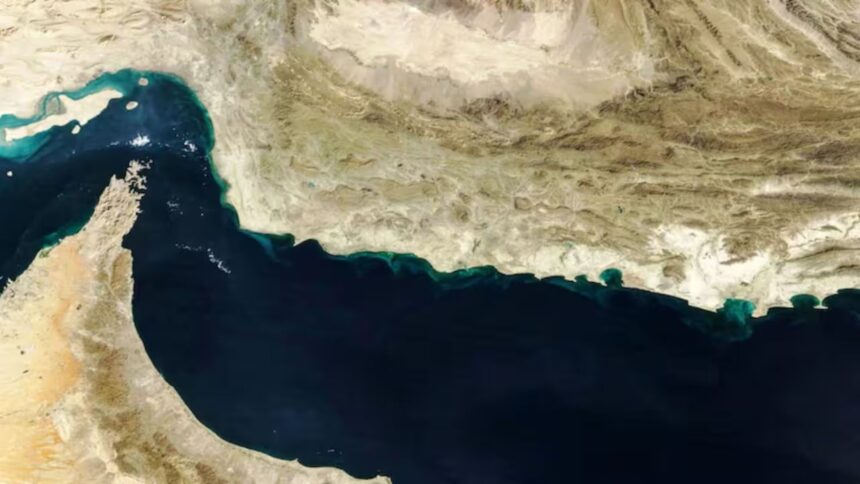The Strait of Hormuz, a narrow waterway connecting the Persian Gulf to the Gulf of Oman, is one of the world’s most essential maritime chokepoints. This slender passage, only 21 miles wide at its narrowest point with two-mile shipping lanes, is the conduit for an astonishing 20% of global oil and 25% of liquefied natural gas, translating to approximately 20 million barrels of oil each day.
The closure of this route spells trouble, catastrophically, throughout the globe. It means destabilization of the global energy markets, oil prices skyrocketing, and a profoundly adverse impact on economies worldwide, especially the ones that are oil-dependent, like China, Japan, India, and European nations. Iran’s position at the Strait’s northern coast allows it to leverage its strategic location for threats, a possibility that seems almost like an impending doom for the global world of today.
Iran Contemplates
As of June 23, 2025, Iran’s stance on closing the Strait of Hormuz has exacerbated in the aftermath of U.S. and Israeli attacks on its nuclear facilities. On June 22, Iran’s parliament voted to approve closing the strait, a move reported by state-owned Press TV, though the final decision awaits confirmation with the Supreme National Security Council and Supreme Leader Ayatollah Ali Khamenei.
Revolutionary Guard commander Esmail Kowsari stated that closure remains “under consideration” as a response to Western aggression, signaling Iran’s intent to use the threat as leverage. However, Iran has never fully closed the strait, even during the 1980s Iran-Iraq War, and analysts note that such a move would harm its own oil exports, which rely on the strait and primarily go to China.
What can it entail?
Closing the strait could involve Iran deploying naval mines, fast-attack boats, drones, or missiles to disrupt shipping. Its arsenal, including Chinese-made EM-52 mines and IRGC speedboats, could render the waterway too dangerous for commercial vessels, increasing insurance rates and shutting down traffic.
However, a full blockade would be challenging owing to the U.S. Fifth Fleet’s presence in Bahrain and limited bypass options like Saudi and UAE pipelines, which have only 2.6 million barrels per day in spare capacity. Oil prices would rise to an estimated $120–$150 per barrel, triggering inflation and supply chain disruptions worldwide. For the U.S., where only 7% of oil imports come via Hormuz, gas prices could still rise significantly, impacting consumers.
Global Reactions & Implications
The international community is alarmed, with diplomatic pressure on the rise. U.S. Secretary of State Marco Rubio urged China, Iran’s largest oil buyer, to dissuade Tehran, warning that closure would be “economic suicide” for the country. Gulf nations such as Saudi Arabia and the UAE, which have condemned Israel’s attacks, would face severe economic losses, potentially aligning them against Iran. Europe fears energy shortages, with analysts calling a blockade “a disaster” for its industries. China, heavily reliant on Gulf oil, could face manufacturing cost spikes, fueling global inflation. Russia, however, could benefit as its oil avoids Hormuz, potentially increasing its market share.
The international community, including Asian powers and NATO, is likely to intervene to reopen navigation, but a prolonged crisis would destabilize world markets. With tensions on the rise, the Strait of Hormuz remains a boiling point, with Iran’s next actions under close scrutiny.


Leave a Reply